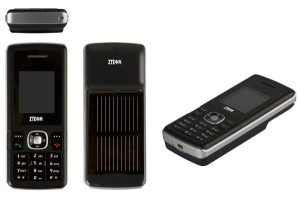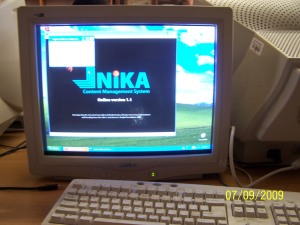The idea of the Internet Governance Forum (IGF) recently hosted in Kampala is to popularize IG issues and to galvanize critical regional issues, which are then elevated to the global internet governance forum.
Status of the internet in Uganda
According to the Uganda Communications Commission (UCC), the regulator, an increasing number of Ugandans are accessing the internet. In a recent market update, the regulator reported the there was continued growth in mobile (wireless) internet access, with a total of 214,293 active accounts reported by the end of December 2008 compared to the 166,621 in September 2008. Fixed line internet connection was estimated at 22,000; while the total number of internet users was estimated to be 2.5 million.
Internet users in the country continue to suffer low speeds and high costs. However, with SEACOM in progress, consumers highly anticipate improved services and speeds at lower costs.
Following issues that emerged at the National face-to-face consultation (NIGF) held in Uganda and the EAIGF in Nairobi – Kenya last year, the Uganda online IG discussions were initiated. The discussions were also aware of the developments and discussions which had been held by the internet/ ICT fraternity in the months preceding the discussions.
Discussions held during April and May 2009 partly lead-up to the 2009 Uganda National Internet Governance Forum. The discussions were primarily held on the i-Network discussion group. A key objective of this year’s IG discussions was to focus on consolidation the understanding of the priority issued and to state positions that may have been previously ambiguously defined.
Recap of the 2008 Discussions
The main issues identified in included improving access and affordability , control of the national code top-level domain ccTLD (.UG), interception of communication and its implications on freedom of expression and on the “public good”, control of spam and pornography, the need for cyber law, and promotion of local content/ Ugandan languages on the web.
Fast forward
From the 2009 discussions, the following emerged as some of the major issues in Uganda:
*need to contribute to the national IGF debate. This was partly to establish whether the Ugandan ICT community considered it a useful exercise to continue such discussions, or felt enough had been said on the issue.
*promoting access. Discussants wanted to know what is being done by the government, the private sector and NGOs to promote the effective utilization of the bandwidth once it becomes available.
*affordability. It was observed that while the implementation of the RCDF policy has generally improved rural access and it is praised worldwide, there were limitations which needed to be revisited to expand and guarantee access for the majority. The poor are not yet reached because the RCDF policy follows a market model which does not maximize social returns and benefits. The rural electrification program also remains a big challenge because of its deficiency.
*critical internet resources. Management of the dot UG (.UG) domain and IPv6 transition in Uganda were identified as the most critical internet resources.
*cyber security and trust. With the internet being accessed on mobile phones, protection of children from pornography has become a more critical issue. Under the proposed computer Misuse Bill, Clause 20 concerns concern child pornography. However, it’s not clear whose role it should be.
*IG and gender. Discussions went further to explore the gender issues in Internet Governance and how these could be addressed. Apparently, men still have better access to telecentres and internet cafes as compared to women.
Uganda is a landlocked country so the current internet connections are based on Satellite which is very expensive. The best way to afford this type of connection is using less bandwith (shared 64Kbps in most cases which costs USD90 per month). Many internet users in Uganda today are counting days till the marine fiber starts to work in the country. It is anticipated that the link will become faster and the bandwith will become cheaper. The work on the fiber is in progress.






